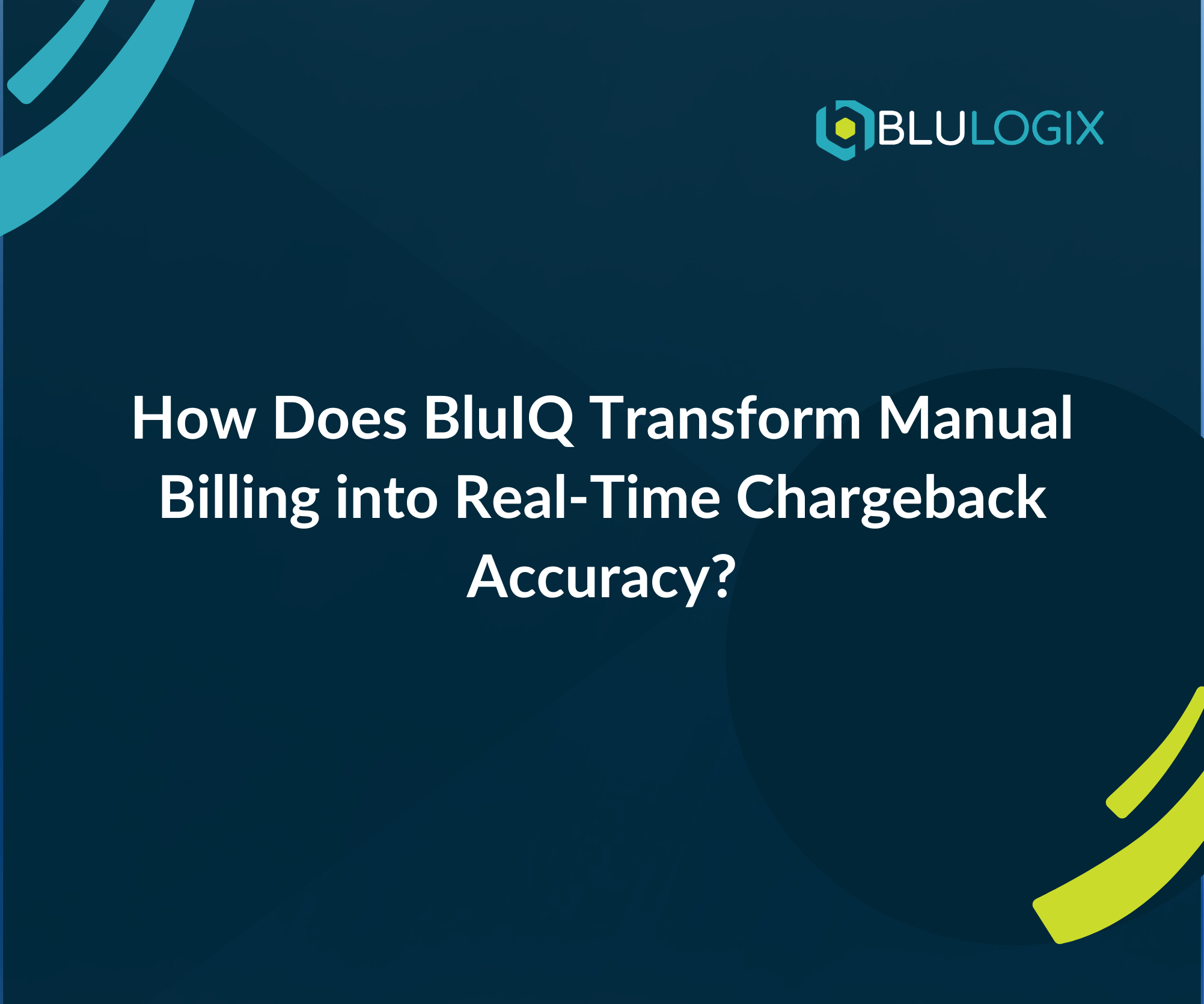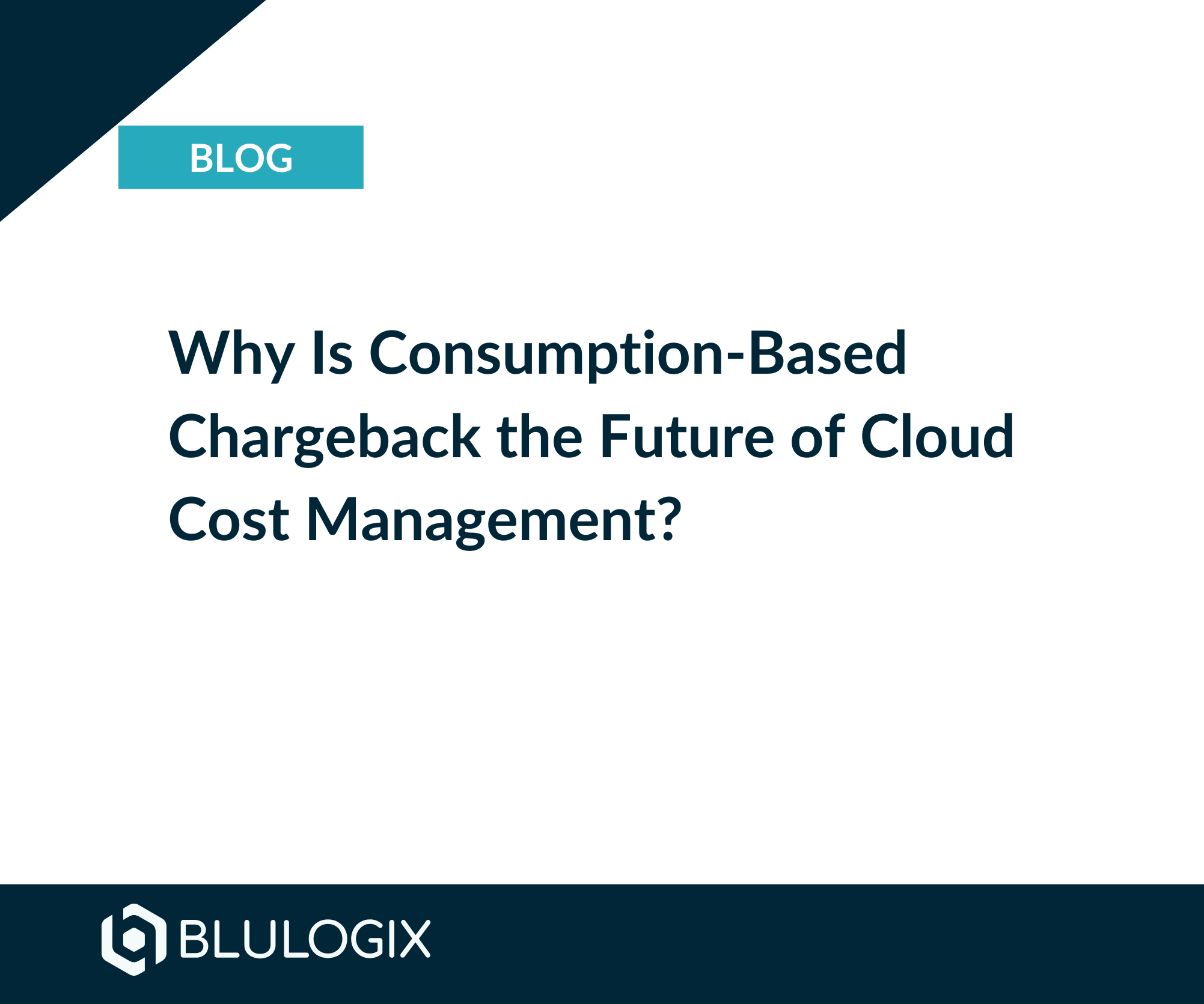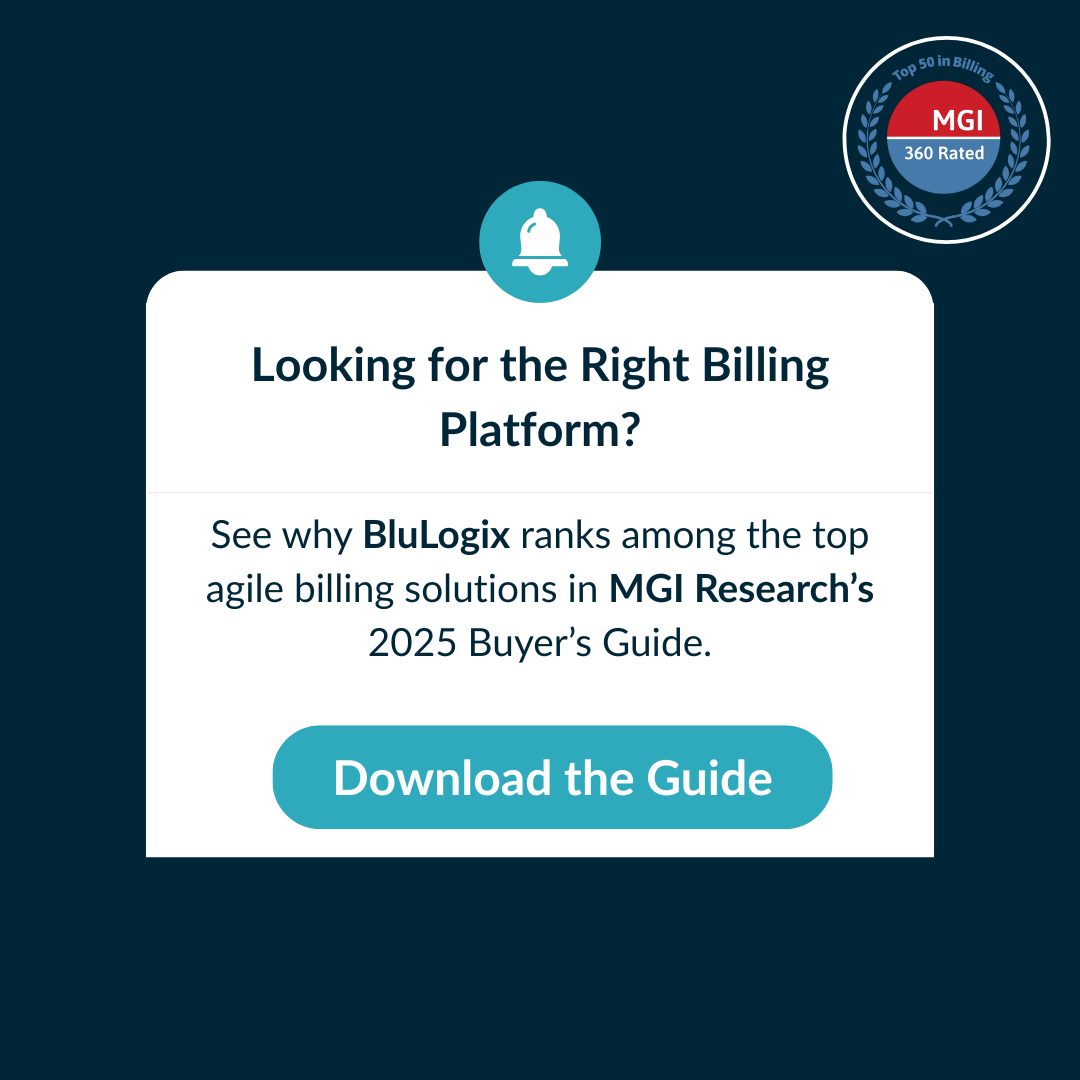What is Recurring Billing?
In challenging financial times, it’s critical to expand your opportunities for revenue, and one of the best ways to do so is by introducing a recurring revenue model to your business.
Recurring billing is a type of payment arrangement whereby a customer agrees to have regular payments automatically charged to their credit card or bank account at predetermined intervals. Typically, the customer will authorize the merchant to charge their account on a monthly basis, but other time frames such as weekly or annually may also be arranged.
Recurring billing can be an extremely convenient payment method for customers, as it eliminates the need to remember to make periodic payments. For merchants, recurring billing can also be beneficial, as it can help to ensure a steadier stream of revenue and replaces the need for capital expenditure.
Revenue Opportunities from Recurring Billing
There are a number of ways that businesses can take advantage of recurring billing to boost their revenue. For example, many companies offer subscription-based services that can be billed on a recurring basis. This might include online content providers, Software-as-a-Service companies, or even physical goods subscriptions, such as a monthly shipment of products.
In addition, some businesses offer discounts to customers who sign up for recurring billing. This can be an effective way to encourage customers to commit to a longer-term relationship with the company. For example, a customer who signs up for a 12-month recurring billing agreement might receive a 10% discount on their total purchase price.
Another way to generate revenue from recurring billing is to offer customers the option to pay in installments. This can be especially helpful for high-ticket items, such as home improvement services or major appliances. By allowing customers to spread out their payments over time, businesses can make these big-ticket items more affordable and generate more sales.
Finding the Right Software for Recurring Billing
For companies selling to B2B organizations or who are complementing their existing product portfolios with subscription offerings, the features and functionalities of your recurring revenue billing software are critical to success.
Ideally, the software you choose should be able to integrate with your existing accounting and invoicing system. This will make it easier to manage your finances and keep track of your recurring revenue.
For these companies, evaluating product, pricing and packaging options, channel management, and automation options are key.
Complex Integrations
If you have a complex recurring billing setup, you may need a more sophisticated software solution to support your needs. In this case, look for a platform that offers robust features and the ability to handle multiple payment types and intervals.
You should also consider whether you need a cloud-based or on-premises solution. Cloud-based software can be more convenient to use, but may not offer the same level of customization and control as an on-premises solution.
BluLogix for Recurring Billing
If you’re looking for a software solution to support your recurring billing needs, BluLogix is a great option. Our platform is easy to use and offers a wide range of features, including credit card, bank account, and PayPal integration.
Schedule a demo today to see how BluLogix can help you streamline your recurring billing process and boost your revenue.
Learn more

How Does BluIQ Transform Manual Billing into Real-Time Chargeback Accuracy?

Why Is Consumption-Based Chargeback the Future of Cloud Cost Management?



